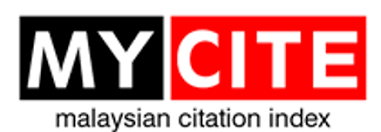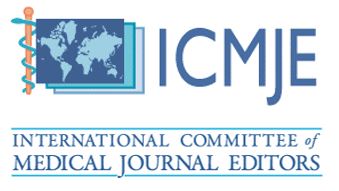Factors Affecting the Prescribing Pattern of Non-steroidal Anti-Inflammatory Drugs at Outpatient Departments in Government and Private Polyclinics in Kota Kinabalu, Sabah
DOI:
https://doi.org/10.51200/bjms.v12i1.845Keywords:
NSAIDs, prescribing pattern, socio-economic statusAbstract
The main objective of this study was to obtain information regarding the effects of educational and socio-economic status of the patients on the prescribing pattern of non-steroidal anti-inflammatory drugs (NSAIDs) by the qualified medical personnel in the outpatient departments (OPDs) of two selected polyclinics in Kota Kinabalu, Sabah, Malaysia. A total of 200 selected patients (100 from each polyclinic) attending the OPDs were interviewed using a questionnaire. Again data were collected, photocopied and later analyzed. Educated and higher income group of patients mostly attended in a Private Polyclinic (PPC) whereas less educated and lower income group of patients generally attended UMS Polyclinic (UPC). This was reported as a probable reason for the wide variations in the prescribing pattern with respect to pharmacological sub-classes of NSAIDs in the OPDs of two polyclinics. The present results strongly support that probable reason. The number of patients taking NSAIDs before coming to hospital was more in PPC compared to UPC. They were influenced by pharmacists, friends and doctor’s advice given previously. In conclusion, it may be mentioned that overall prescribing pattern of NSAIDs among two polyclinics is rational.Downloads
Published
How to Cite
Issue
Section
License
All articles are published under the Creative Commons Attribution-NonCommercial (CC BY-NC 4.0) license, enabling users to read, download, copy, distribute, and adapt the material for non-commercial purposes, provided proper credit is given to the original authors and the source. This model supports transparency, accessibility, and the global exchange of medical knowledge.








1.png)





